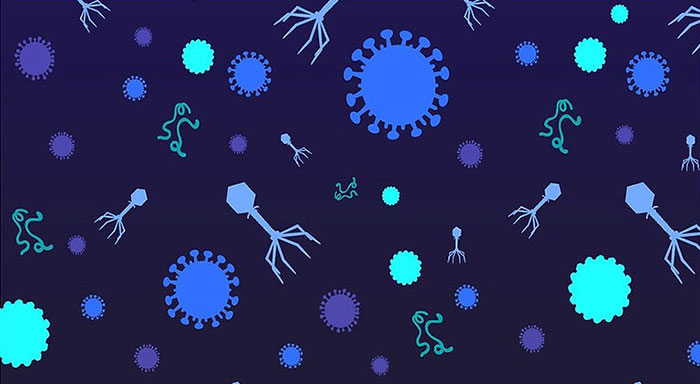Main research topics

1.RNA-related CRISPR-Cas systems and novel applications
CRISPR-Cas is an acquired immune system of prokaryotes that was discovered in the 21st century and has been actively researched since the 2010s. Our research group focuses on applied research based on elucidating the fundamental principles of various types of CRISPR-Cas systems. Specifically, we are particularly interested in the mechanism of RNA-recording CRISPR adaptation and the mechanism of RNA-targeting CRISPR effector/cofactor.
2.Biophysical molecular mechanisms of human RNA viruses
Our research group is conducting studies aimed at elucidating fundamental facts related to the replication, pathogenesis, and mutagenesis of various acute RNA viruses, including the coronavirus (SARS-CoV-2). Furthermore, we have plans to conduct foundational research on innovative vaccines and therapies for RNA viruses. These studies are expected to enhance our understanding of virus interactions and contribute to the development of novel prevention and treatment approaches.
Key research methodologies

1.Single-molecule Biophysics
Our research group specializes in single-molecule fluorescent imaging techniques. We utilize a biophysical method called Single-molecule FRET (Förster Resonance Energy Transfer) to measure sub-nanometer level distance changes at the single-molecule level. This allows us to observe molecular distance measurements and dynamic changes in molecular structures and interactions. One of the major advantages of using Total Internal Reflection Fluorescence (TIRF) microscopy is its significantly improved signal-to-noise ratio compared to conventional epi-fluorescent microscopy. By combining biophysical techniques such as single-molecule photobleaching and FRET, our research group investigates molecular interactions, molecular stoichiometry, as well as transient interactions and colocalization of proteins and nucleic acid molecules.
2.Integrated Imaging Technologies
Our research group is actively developing innovative research techniques, including high-throughput peptide/protein screening, cellular molecular recording, and super-resolution imaging for selectively observing modified DNA/RNA/proteins. Conceptually, these methodologies are built upon the integration of single-molecule fluorescent imaging techniques with high-throughput sequencing, CRISPR technology, CLICK chemistry, advanced biochemistry, and bioinformatics. The combination of these cutting-edge approaches opens up new possibilities for studying cellular processes, understanding molecular interactions, and exploring the functions of modified biomolecules with high precision and efficiency. Such advancements hold great potential for advancing our understanding of biological systems and facilitating the development of novel applications in various fields.
 Center for RNA Research
Center for RNA Research
